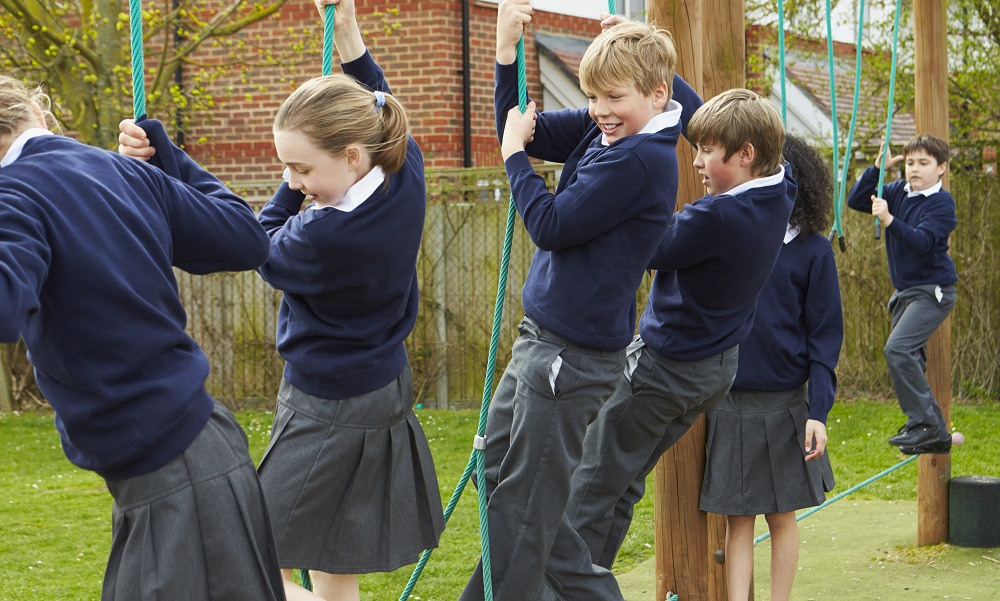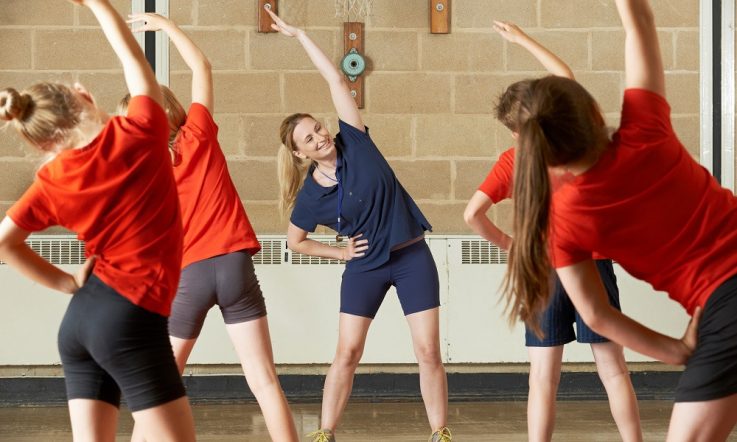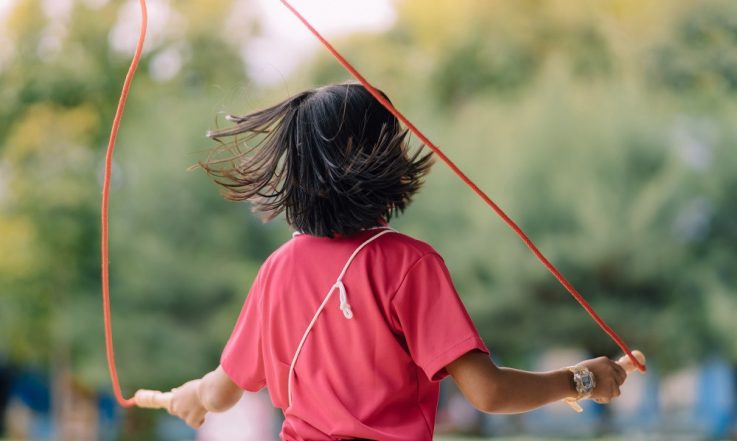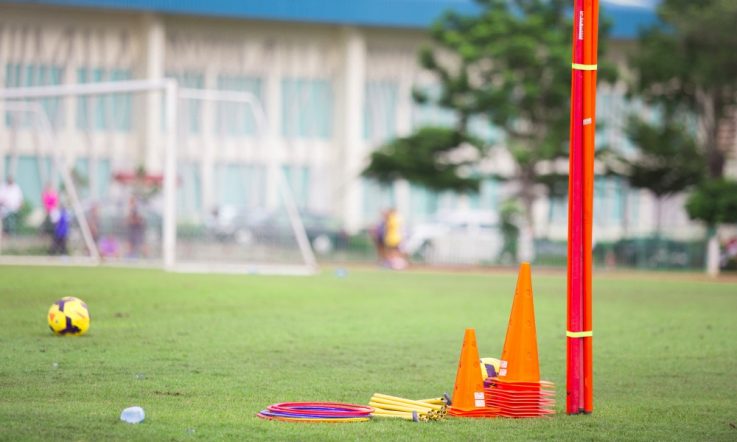Overall physical activity levels for children and young people in Australia are sitting at a D- grade, while Australian schools have received a B+ for their promotion, facilitation and encouragement of physical activity in 2018, a new report shows.
The Active Healthy Kids Australia 2018 Report Card collected data on 12 separate indicators which can influence the quality of physical activity for children and young people, including two specific indicators relating to schools – the school environment as a whole and the current level of physical activity participation in schools.
A Lead investigator of the report, Dr Natasha Schranz, is the Research Translation Manager at the Heart Foundation and Adjunct Research Fellow at the University of South Australia. She says while it's great the grades given to schools are higher than some given to other indicators, a positive and productive narrative around integrating physical activity during the school day is an important aspect to continue to develop.
Results at a glance
The report defines the indicator of physical activity participation to reflect the proportion of children accumulating at least 30 minutes of moderate to vigorous physical activity (MVPA) during the school day. A grade of B was assigned to this indicator, which means there is a 70 per cent chance of a randomly selected child on a randomly selected day achieving at least 30 minutes of MVPA while at school.
‘The school indicator – that's in the settings and sources of influences section [of the report] and is focused in on the infrastructure, the policies, the programs, the practices of that school environment itself,' Schranz tells Teacher.
Specifically, the indicator looks at the percentage of schools that have a qualified PE teacher taking PE lessons, whether they have equipment available and the proportion of schools that schedule the delivery of at least 120 minutes of physical education per week.
For this indicator, a grade of B+ was assigned. This grade was given because researchers found that 75 per cent of primary school students and 98 per cent of secondary school students have access to a PE teacher at school; two thirds (66 per cent) of primary school students and 38-45 per cent of students in Grades 8-10 undertake at least 120 minutes of PE each week; and 52 per cent of high school students have access to sport equipment during school hours.
Improving the grade
The report offers a range of proposals for improving the grade for each indicator. One proposal is for school environments and the wider community to prioritise and understand the importance of how students are ‘learning to move and moving to learn' while at school.
‘Most would argue that schools are the source where kids learn to move effectively through high quality PE, sporting opportunities, those sorts of things,' Schranz says. ‘So, knowing that it's important to teach them how to move or learn to move, but it's also knowing that while they are moving, they're enhancing their learning in other areas as well.'
She says it's important for students to have multiple opportunities for movement during the day. One way to ensure this is to protect recess and lunch time as time allocated for unstructured play.
‘But, we also know that to be able to do this schools need to be able to feel supported outside of the school. So, the community, the parents, the government, the locals, need to support the schools to make these changes.'
Dr Natasha Schranz says it’s important to recognise that school is a place where students ‘learn to move and move to learn’.
Consider what this means in your school context. How often are your students given the opportunity to move to learn?
The full The Active Healthy Kids Australia 2018 Report Card can be accessed here.



